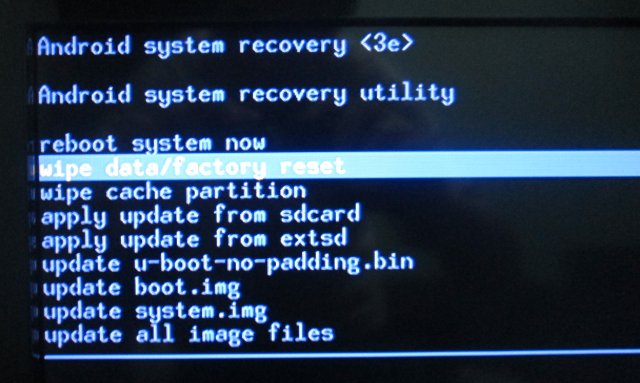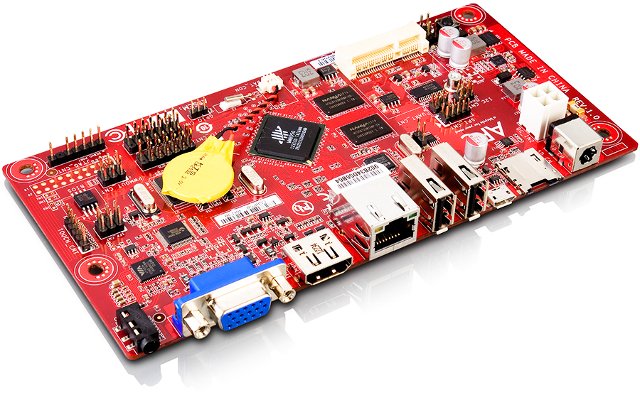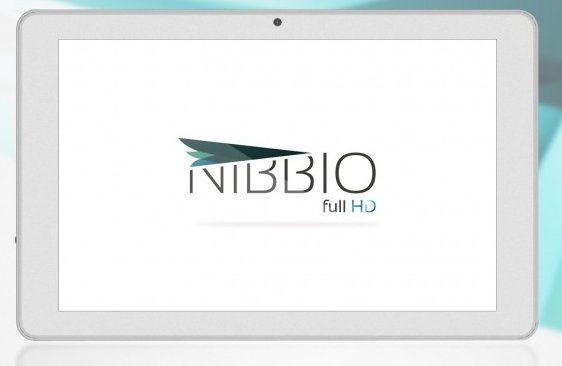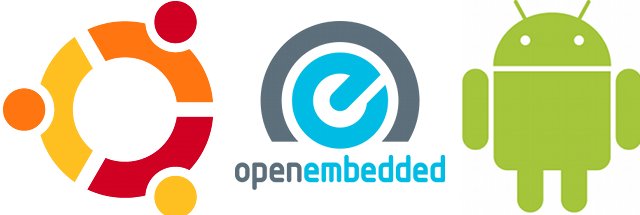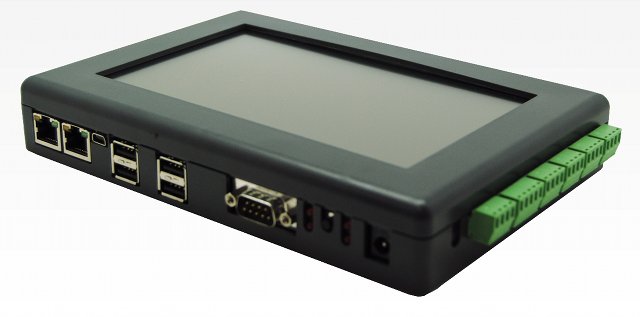Geekbuying has released a new version of the firmware (1.65.4) for Zealz GK802 mini PC that fixes NTFS and Bluetooth issues, but you may instead want to use deadhp1 version which also provides root access, and fixes “this item is not compatible with your device” issue in Google Play. There are 2 files available (Deaphp1): rooted_fixed_rt-M500a_v1.65.4_20130118a_updated.7z (link down) – Firmware Update 1.65.4 (127 MB) rooted_fixed_rt-M500a_v1.65.4_20130118a_updated_FULL_IMAGE.rar (link down) – The full SD card with 1.65.4 (747 MB) Normally, you would just use the firmware update file that contains the system, boot, u-boot and recovery partition (in this release) by following those steps in a Linux or Windows PC [Update: this method does not appear to work for anybody, please scroll down to use dd / Win32DiskImager method]: Extract rooted_fixed_rt-M500a_v1.65.4_20130118a_updated.7z Copy the files to a microSD card Insert the microSD card into GK802 microSD slot. Insert the microUSB cable halfway in GK802 […]
HiAPAD Hi-802 mini PC Unboxing and Review
Kimdecent has just sent me one HiAPAD Hi-802 mini PC powered by Freescale i.MX6 Quad, and running Android 4.0.4 ICS. This is the first quad core HDMI TV dongle available on the market, and it can run both Android and Linux distributions such as Ubuntu since Freescale released the source code for i.MX6 processor family. Today, I’ll just show some pictures of the device, and review the device by running some tests in Android. I’ll try the Ubuntu 11.10 image release for GK802 another day. Hi-802 Unboxing I received the package by DHL within 3 days, and it includes Hi802, a 5V/2A power supply, and a USB to microUSB cable. A closer look at the device reveals an aluminum casing with lots of ventilation holes (really needed since the device gets pretty hot). Hi802 features an HDMI male connector, a microSD card slot on the side, a full USB port, […]
XBMCHUB Releases XBMC for Android Version with HW Video Decoding on All Platforms
As you may know, XBMC developers have been working on XBMC for Android for a while, and have recently released XBMC 12.0 RC3 for Android APK. The only problem is that, apart from devices based on AMLogic AML8726-M1/3, many platforms still do not support video hardware decoding, so this must be handled by software. As the CPUs in most devices are not powerful enough to decode HD videos, some people have provided instructions to use an external player, for example with Telechips TCC8925 and Diceplayer. This is not ideal because you basically lose XBMC user interface during video playback, but it’s a good workaround until XBMC 4 Android supports more platforms. However, you still need to edit some config files by yourself. That’s why the guys at XBMCHUB have decided to release an XBMC for Android APK where all the configuration is done for you, so that you can get […]
VIA Announces $79 APC Rock & $99 APC Paper Cortex A9 Board and PC
Following the launch of the $49 APC ARM11 board as a Raspberry Pi alternative last year, VIA has just announced two new APC products based on a WonderMedia WM8950 Cortex A9 processor: APC Rock – $79 Android board APC Paper – $99 Android PC with a case made of recycled cardboard Both products run Android 4.0 (ICS) and mostly share the same specifications: SoC – VIA WonderMedia WM8950 ARM Cortex-A9 @800Mhz + Mali-400 GPU System Memory – 512 DDR3 SDRAM Storage – 4GB NAND Flash + microUSB slot Video Output – HMDI (Rock & Paper) and VGA (Rock only) Audio I/O – Audio out / Mic in combo Ethernet – 10/100 Mbps USB – USB 2.0 (x2) and microUSB (OTG) 20-pin ARM-JTAG header Extra GPIO, SPI and I2C busses on a header Dimensions (Board) – 170 x 85mm (W x H), Neo-ITX Standard. APC Paper is basically the same as […]
DaVinci Movile Kite Full-HD Tablet Boots Android and Ubuntu
DaVinci Mobile, an Italian company, has just announced a Samsung Exynos 4412 quad core tablet running Android 4.0 (ICS) and Ubuntu 12.04 Precise that should sell for 373 Euros in Italy, or just 29 Euros with a subscription. The specifications of this tablet are as follows: SoC – Samsung Exynos Quad-Core Cortex A9 processor @ 1.4 Ghz + Quad-Core Mali-400MP GPU System Memory – 2GB DDR3 Storage – 32GB flash + microSD card socket Display – 10.1 “IPS Multi-touch Capacitive Panel (1920×1200) with a viewing angle of 178 ° Connectivity Wi-Fi – 82.11 b/g/n Bluetooth 4.0 GPS- A-GPS Sensors – Gyroscope Camera – VGA front camera, 2.0 MP rear camera USB – miniUSB port Audio I/O – 3.5 mm jack for headphones Battery – 5400mAh 3.7V Weight – 539g Dimensions – 258.3x164x9.5mm The hardware specifications appear to perfectly match Ramos W30HD tablet, sold for less than $300 on Chinese websites […]
The End of Embedded Linux (As We Know It) – ELCE 2012
Chris Simmonds, freelance consultant and trainer (2net ltd), discusses the future of embedded Linux now that storage and processing power are no longer an major issue, and try to find the best Linux platform for embedded systems at ELCE 2012. Abstract: Embedded Linux is at a cross roads where the combination of Moore’s law making devices more powerful and the mass production of consumer devices, especially mobile, making them cheaper means that the old ways no longer work. Only a few years ago we though in mega: MHz, MBytes, MBits/s. Now we have to think in giga. The days of the single core CPU are almost over, as are the days of the QVGA display. All this means that there is a need to re-think how embedded devices are programmed. Two obvious roads lie ahead: Android and Ubuntu (or other desktop operating system of your choice). This talk considers the […]
Porting Android 4.0 to a Custom Industrial Board Based on TI OMAP 3 – ELCE 2012
Matthias Brugger, embedded engineer at ISEE, describes the steps the company had to follow (referred to as a “war story”) to port Android 4.0 to a custom industrial board at ELCE 2012, Barcelona, on November 5, 2012. Abstract: This talk will explain the lessons learned by giving a step-by-step introduction of porting Android to a custom board which was designed for an industrial environment. This includes an introduction to the Android build environment, first board bring-up and peripheral integration. The talk will cover bootloader integration, power management. It will focus on the peculiarities configuring Ethernet and Wi-Fi in Android. Also button and display integration, as well as integration of third-party accelerator support will be explained. Android devices are getting popular not only in the mobile market but although in the industrial environment. Porting Android to a custom board can be challenging, especially as little information about Android internals are available. […]
Inside Android’s User Interface – ELCE 2012
Karim Yaghmour, Opersys inc, talks about the internals of the Android user interface at Embedded Linux Conference Europe on November 5, 2012. Abstract: Android is a very complex stack comprising several dozens of novel components and moving parts. Still, it’s intrinsically a user-centric system and, therefore, its parts which deal with user interface are of special interest for anyone aiming to put Android in a device. This talk will examine the internals of Android’s user-facing components. Specifically, we will cover the inner-workings and interactions of the Window Manager, Surface Flinger, Input Method Manager, and the rest of the system. We will also cover key display and input components such as the Status Bar, Soft Keyboard and Notifications. This talk will be especially useful to developers intending to use Android in user-facing embedded systems, those needing to implement support for their graphics hardware and anyone interested in the internals of Android’s […]


